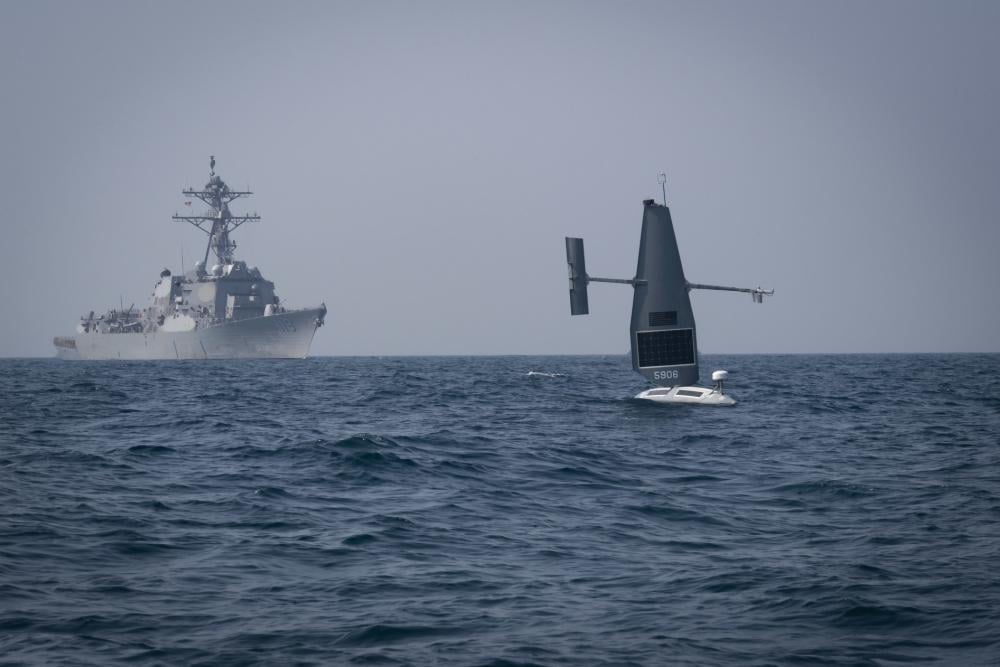
The Pentagon is betting that by fielding thousands of attritable autonomous systems across domains in fewer than two years, the United States can overcome China’s advantage of mass in manpower, ships, aircraft and missiles, Deputy Defense Secretary Kathleen Hicks said in a Monday speech.
Speaking at a National Defense Industrial Association event, she said that using the Replicator Initiative “we’ll counter the PLA’s [People’s Liberation Army’s] mass with mass of our own, but ours will be harder to plan for, harder to hit and harder to beat.”
“All-domain, attritable autonomous systems will overcome the challenge of anti-access, area-denial systems. Our ADA2 to thwart their A2AD,” said Hicks.
Hicks did not specify which kinds of autonomous systems would be produced through the initiative, nor did she put a price tag on it.
She added: “We must ensure the PRC [People’s Republic of China] leadership wakes up every day, considers the risks of aggression, and concludes, ‘today is not the day’ – and not just today, but every day, between now and 2027, now and 2035, now and 2049, and beyond.”
The dates Hicks mentioned reflect concerns about China’s ability to execute military options, like the potential 2027 timeline to launch an all-out invasion of Taiwan, based upon President Xi Jinping’s target date to have his forces militarily ready for that possibility.
“The ‘replication’ won’t just be happening from a production standpoint. We’ll also aim to replicate and inculcate how we will achieve that goal, so we can scale whatever’s relevant in the future again and again and again. Easier said than done? You bet. But we’re going to do it.”
Supporting Ukraine against the Russian invasion has had a major impact on American and allied weapons stockpiles and stressed their defense industrial bases to keep pace with Kyiv’s demand.
Hicks said: “In the 18 months since [the invasion], we’ve sent Ukraine over 3.1 million rockets, missiles, mortars and artillery rounds — and that’s only four of the categories of munitions. We’ve sent and committed much more — over $43 billion of military assistance. And, working with the private sector, we’ve also helped Ukraine access important commercial technology capabilities that have made a real difference to them on the battlefield.”
Hicks and vice chairman of the Joint Chiefs of Staff Vice Adm. James Grady, supported by Defense Innovation Unit director Doug Beck, will oversee the Replicator Initiative, she said.
To succeed, the initiative will require the Pentagon to work closely with the private sector, including “non-traditional and traditional defense companies,” as well as allies and partners. Congress “has the opportunity to be a key enabler in getting capabilities to the warfighter at speed and scale,” she said.
Hicks added that these autonomous systems “are less expensive, put fewer people in the line of fire, and can be changed, updated, or improved with substantially shorter lead times.”
She noted that Russia’s use of mass in Ukraine has not led to a Kremlin victory. “After all, we don’t use our people as cannon fodder like some competitors do,” Hicks said.
Hicks also pointed to the value of unmanned aerial systems and commercial satellite links in successfully thwarting Kremlin battlefield tactics.





